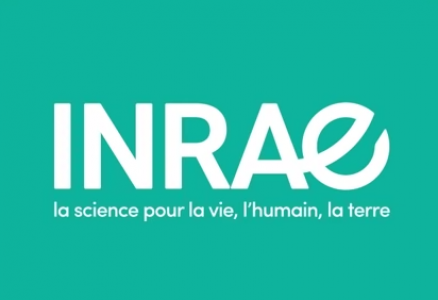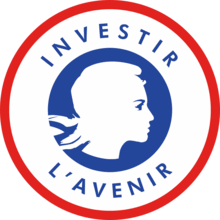Foodscapes
Systèmes alimentaires urbains durables
Objectifs
The project analyses the relationships between the food environment of eaters, called foodscape, and their food procurement practices and representations, called food styles. It has three main objectives : a crossed “foodscape” and “food styles” approach, characterizing residents’ food procurement practices (including spatial food supply practices), and the identification of individual factors and foodscape features to explain procurement practices.
Actions
The research is conducted in the Greater Montpellier area, i.e. the city of Montpellier and satellite municipalities. In the project, different scientific and methodological points of view are crossed : sociological, geographical, nutritional, economic. The project involves five research strands. The first looks the foodscapes from the residents’ viewpoint. The second aims to map the foodscapes in order to characterize, neighborhood by neighborhood, the proximity, density and diversity of food shops and to map the residents’ spatial food supply practices. Two other research strands are more specific studies : one on the impact of community gardens on the sustainability of urban lifestyles (called the JArDinS study) ; the other on the impacts of the development of online food shopping. The last research strand is based on a quantitative survey (called Mont’ Panier) of a representative sample of the study population. It aims to assess the nutritional and environmental quality of the diet of the people surveyed and their food shopping trips. It measures the relative roles of personal factors (age, income, etc.) and foodscape features that influence people’s food purchasing behavior. A final activity of the project focuses on the dissemination of the results and the dialogue between researchers and non-academic stakeholders (e.g. policy-makers).
Résultats
Many results were obtained from the project. Here are some of these results (see the report on the first results of the project) :
- Food shopping is more than just a matter of procuring supplies. It also involves soaking up the atmosphere of a place, meeting more or less familiar people, discover-ing new places and spending time in the city. Retail outlets should not be viewed merely in terms of their commodity pro¬curement functionality. Their layout, atmosphere and customers as well as sensitive dimension of foodscapes (noise, smells, cleanliness, etc.) are also key features to consider when assessing these foodscapes. The distance to food shops, their practical functionality (ease of movement, storage, informa¬tion, etc.) and prices are amongst the many elements in the perception of foodscapes.
- In the Greater Montpellier area, the proximity to shops selling fruit and vegetables is not related to the level of income of the neighborhoods. However, there are major differences in physical access to food shops depending on the distance from the city centre. The remote municipalities are the least well served by shops selling fruit and vegetables. (A policy brief on these results will soon be available online).
- The results of the JArDinS study did not reveal any changes towards more sustainable lifestyles among community garden users a year after they began participating in the garden. Novice gardeners mentioned several difficulties in getting involved in their community garden, which they visited irregularly. This could explain why no lifestyle impact was noted. The organization of community gardens should be revised to promote long-term integration and active participation of city dwellers (location close to their households, support and regular activities), thereby enhancing lifestyle sustainability. (To know more see the policy brief on this study).
- Online shopping does not replace but instead com¬plements and dovetails with other food supply options. People’s online food shopping motives are varied and not just geared towards efficiency and time and travel savings. Online shopping also provides access to niche products, particularly from special¬ized suppliers. It does not necessarily mean increased consumption individualization, but it is the focus of new forms of community activity (online shopping groups, online shopping to buy from alternative solidarity-oriented food networks).
• The inhabitants of the Greater Montpellier area are generally satisfied with their foodscape. Geographical distance - and therefore physical access to food shops - is not a problem for most households. Daily commuting give access to a wide range of food shops, except for markets. Supermarkets are the dominant place for food shopping, but it is far from exclusive. Almost half of all households spend at least 30% of their food expenditure in other types of shops. (A policy brief on these results will soon be available online).
- N° du projet1603-004
- Appel à projet :
- Date de démarrage :1er janvier 2017
- Date de clôture :30 juin 2021
- Projet étendard :oui





